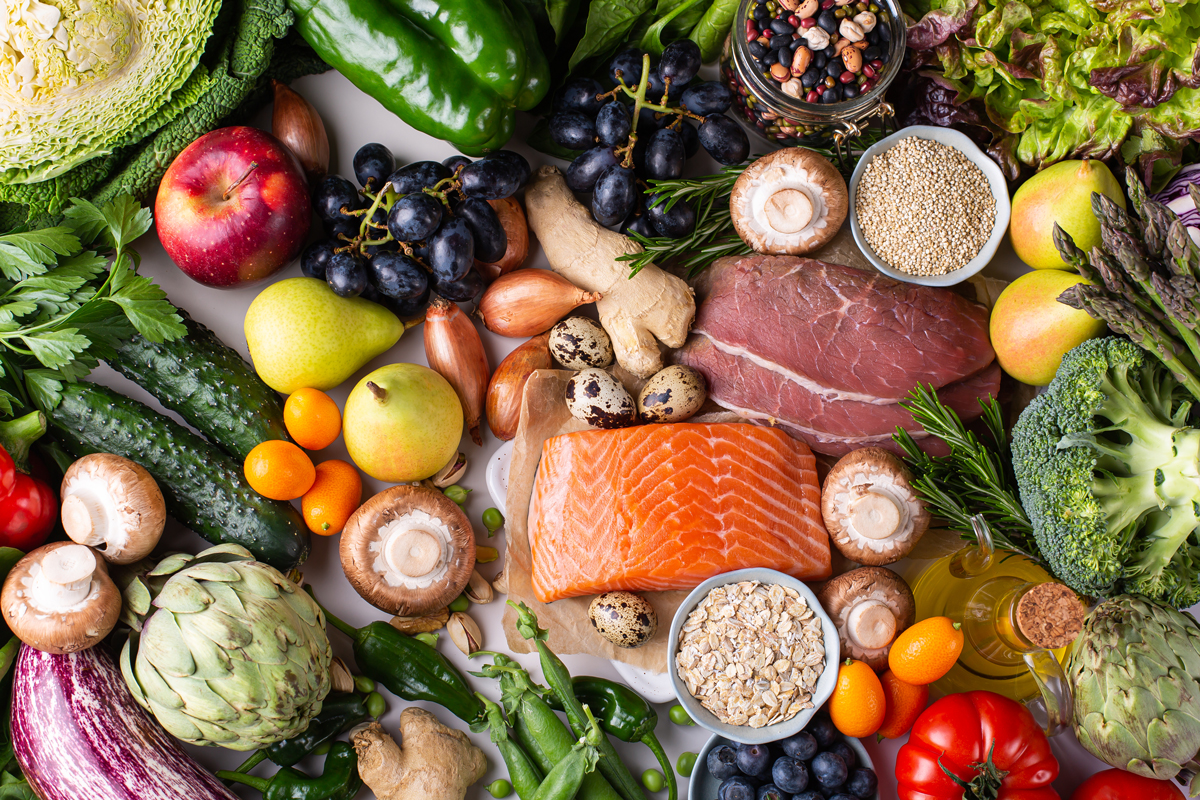 |
|
Decreasing dietary fat intake too much may raise the risk for POAG in post-menopausal women. Experts recommend a healthy balance. Photo: Getty Images. |
In a secondary analysis of the Women’s Health Initiative Dietary Modification Trial (WHI DM Trial), researchers investigated whether low-fat dietary modification has an influence on risk for incident primary open-angle glaucoma (POAG) in post-menopausal women.1 They found that it didn’t have much effect and may in fact increase risk for POAG in those who already have low fat intake.
The researchers linked Medicare claims data to women who participated in the WHI DM Trial. A total of 9,340 women were randomized to dietary modification (consisting of 20% of energy from fat per day, ≥five servings of fruit and vegetables per day and ≥six servings of grains per day), and 13,877 women were randomized to their usual diet without modification. Baseline characteristics of the two groups were balanced. The researchers’ analysis extended to follow-up at the end of continuous Medicare coverage, death or last claims date, whichever came first.
Eye-healthy FoodsHigh consumption of dietary nitrate and green leafy vegetables rich in nitrate was associated with an approximately 20% lower risk of POAG in multiple cross-sectional studies.2,3 People who consumed the following also demonstrated a decreased risk for glaucoma in a cross-sectional cohort study of 1,155 women:3
|
The researchers reported a POAG incidence of 11.1 per 1,000 woman-years (mean follow-up: 11.6 years, mean dietary modification duration: 5.2 years). They found that a diet low in fat with increased vegetables, fruits and grains didn’t reduce incident POAG. Additionally, they observed that race and participant age didn’t alter the relationship between dietary modification intervention and POAG risk.
Interestingly, when they stratified baseline nutrient and food intake by quartile groups, they found that study participants who were assigned to the low-fat intervention and who were among the lowest quartile for percentage calories (kcal) from total fat (33.8 or lower) at baseline had an increased risk of developing POAG by 22%. The researchers pointed out in their paper that this observation may have clinical implications in future trial design.
Also of note, the researchers observed that those who developed POAG “had statistically significant higher fruit intake, vitamin C levels and beta-carotene levels at baseline compared with individuals who did not.” These observations in the baseline intakes are likely not clinically impactful, as the differences were less than 5%.
“A careful design of future lifestyle and diet modification is needed given that a healthy balance of fat intake may play a critical role,” the researchers concluded in their paper. “To achieve a significant public health impact on POAG incidence, a greater magnitude of change in multiple macronutrients and micronutrients and other behaviors that influence POAG risk factors may be necessary.”
1. Mehta R, Ray RM, Tussing-Humphreys LM, et al. Effect of low-fat dietary modification on incident open-angle glaucoma. Ophthalmology. November 18, 2022. [Epub ahead of print]. 2. Coleman AL, Stone KL, Kodjebacheva G, et al. Glaucoma risk and the consumption of fruits and vegetables among older women in the study of osteoporotic fractures. Am J Ophthalmol. 2008;145(6):1081-9. 3. Lundberg JO, Weitzberg E, Gladwin MT. The nitrate-nitrite-nitric oxide pathway in physiology and therapeutics. Nat Rev Drug Discov. 2008;7(2):156-67. |

